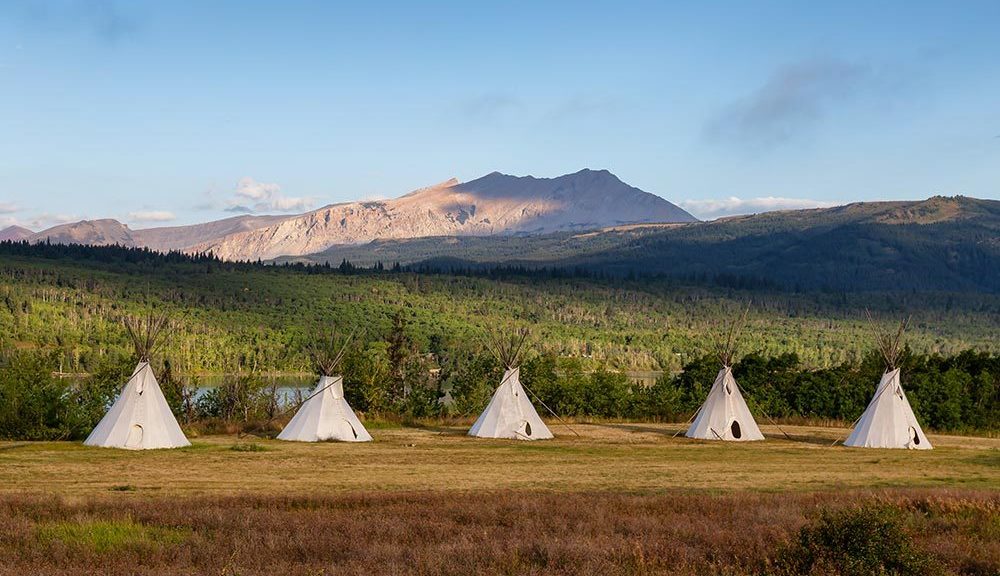In New York, concrete steps are being taken to shape a market model that corrects the social injustices of prohibition and the War on Drugs.
It’s now a year since New York passed the Marijuana Regulation & Taxation Act , perhaps the most progressive and far-reaching state-wide cannabis legalization statute in the country.
Hochul is asking the state Legislature for $200 million in this year’s budget to be spent on finding, securing and renovating storefronts for cannabis retailers.
“As a person you feel down, a little bit defeated, like ‘Oh, I got a stain on my name,’” said Fajardo, now 34.
Cresco Labs, a Chicago-based cannabis company, announced March 23 that it’s acquiring New York-based Columbia Care to form what will be the largest company in the US cannabis industry by revenue and the second largest in terms of retail footprint.
Cresco, operating under the brand Sunnyside in New York, plans to open its first adult-use retail outlet in Brooklyn’s hipster-haunted neighborhood of Williamsburg, while Columbia Care has its flagship shop near Union Square and a second in Downtown Brooklyn.
Washington Square, in the heart of Manhattan’s Greenwich Village, has been the city’s premier location.
But Captain Stephen Spataro, commander of the NYPD’s local Sixth Precinct, now tells The Village Sun that his officers are now taking a “zero tolerance” approach to cannabis vending.
“Initially, there’ll be very heavy civil fines—$25,000 to $250,000,” predicted East Village attorney Stanley Cohen.
In the college town of Ithaca, in the scenic Finger Lakes region, they’re called “sticker stores”—because they ostensibly give away cannabis with purchase of a decal sticker.
Then there’s the dispute over the legality of cannabis operations on New York state’s Native American lands.
The smaller operations approved by the Longhouse will soon face competition from a new “superstore” called Budders, which is on track to open along the reservation’s main strip, with a license from the “official” tribal government.
But the Cayugas are at present bitterly divided between the “official” and “traditional” tribal governments.
The good news is that it looks like the state government is staying out of it.
Webb pointed out that “of the 37 states who have some form of a legalized cannabis program , only 13 of these states have rolled out some form of a social and economic equity program.
The US Census says that New York has a population of some 20 million, of which a combined 37% are Black or Latin—the two communities most impacted by the oppressions of prohibition.
Coal was the name of the game for the tribe for a while, but for good business we have to diversify within the reservation,” tribal chairman Frank White Clay told the Billings Gazette.
While other cannabis businesses are free to expand their footprint throughout the state, licenses for tribal enterprises are far more restricted.
Operating off-reservation is a means of dodging potential problems with the federal government, which still considers cannabis an illegal drug and asserts jurisdiction on the reservations of federally recognized tribes.
In December 2021, the Economic Affairs Committee, with approval of the Department of Revenue’s Cannabis Control Division, voted to reject that rule, and later approved a revised rule allowing tribes to similarly expand their capacity.
They also called for a provision allowing the state to enter into “compacts” with tribal governments, allowing indigenous nations to operate a cannabis business on their own terms—not the state rules.
